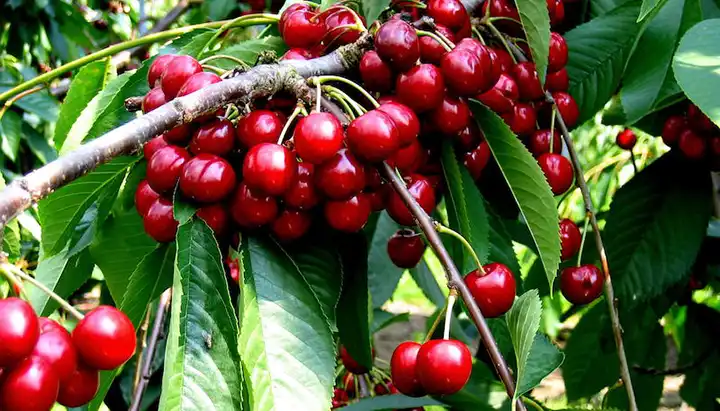How To Grow Lemongrass at Home: An Easy Step-by-Step Guide
Growing lemongrass at home can be a rewarding experience. This fast-growing perennial is commonly used in East Asian cooking and thrives in warm, sunny conditions. Here are detailed steps for growing lemongrass both in your garden and in containers:
Growing Lemongrass in the Garden:
- Varieties: There are two common varieties – West Indian Lemongrass (Cymbopogon citratus), which grows easily in warm climates, and East Indian Lemongrass (Cymbopogon flexuosus) with purple tinges in the stems.
- Conditions: Lemongrass prefers well-drained soil and is drought-tolerant. Plant it in a warm, sunny spot for optimal growth. Lemongrass plants can grow up to 1.2m tall and 80cm wide, so ensure they have room to expand.
- Planting Stages: You can plant lemongrass in three stages: seeds, which take around 21 days to germinate; propagating from a cutting; or planting a lemongrass bush.
- Propagation: Lemongrass is easily propagated from fresh stalks. Place a stalk in water on a sunny windowsill and, after a couple of weeks, roots will develop, ready for planting in soil.
- Maintenance: Lemongrass is hardy and not prone to many pests. Ensure it gets enough sunlight and water if it appears unhealthy. Cut back any dead foliage in late winter or early spring.
- Harvesting: In Australia, lemongrass can be harvested year-round, though it grows back more slowly in winter. Generally, it takes a few months to reach full size.

Growing Lemongrass in Containers:
- Container Selection: Use a container at least 12 inches wide and deep. Lemongrass can grow quite large; terra cotta or ceramic pots are ideal, or fabric grow bags which air-prune escaping roots.
- Potting Mix: Choose a high-quality potting mix rich in organic matter with a pH between 6.5 and 7. The mix should retain moisture but also drain well to avoid waterlogging.
- Starting Methods: You can start lemongrass from rooted cuttings, store-bought stalks, or seeds. For cuttings and stalks, ensure they have roots and plant them in the potting mix. Seeds should be sown ¼ inch deep in the center of each pot.
- Location: Lemongrass needs plenty of light and warmth. Place pots in a sunny spot, ideally with at least 8 hours of sunlight daily. If outdoor space is limited, use grow lights indoors for around 12 hours a day.
- Watering: Keep the soil in the pots moist but not waterlogged. In summer, pots may require watering twice a day. Check the soil moisture regularly and adjust watering as needed.
- Fertilization: Lemongrass is a heavy feeder, especially during the summer growing period. Use organic liquid fertilizer weekly or slow-release fertilizer twice a year. Ensure the soil is well-drenched during watering to remove excess salts from fertilizer.
- Harvest and Replanting: Regularly harvest young outer stalks. If the plant outgrows its pot, divide it and replant sections into separate pots, ensuring each has a healthy root system.

By following these steps and ensuring proper care, you can successfully grow and maintain lemongrass at home, either in your garden or in containers, enjoying its fresh, lemony flavor in your cooking.
Inspired by this? Share the article with your friends!


















